FP-1: Battle of Concepts and New Trends 2024
Each video lesson is completed with an exemplary clinical case to help you put into practice the procedures and techniques shown. The speakers will also engage in several battles of concepts to discuss the best prosthetic solutions and working protocols to adopt in different clinical scenarios.
IAO’s top-class experts explain how to integrate analog and digital methods to develop effective and predictable protocols for planning and executing even challenging full-arch rehabilitations with immediate loading.
Thanks to this practice-oriented learning experience, you’ll learn more about the latest materials and trends for FP–1 full–arch rehabilitation and gain precious insights into providing patients with fast, minimally invasive treatments to restore both aesthetics and function from a biological perspective.
Join us and IAO to learn everything you need to know about FP-1 full arch rehabilitation with immediate loading and both analog and digital protocols in one complete course!
In this video course, you’ll gain exclusive insights from leading experts, featuring presentations by:
- Dr. Leonello Biscaro
- Dr. Alberto Pispero
- Dr. Gianluca Paniz
- Dr. Federico Rivara
- Dr. Denis Cecchinato
And many others
The course includes:
- 11 video lessons with lots of clinical clips
- Analysis and discussion of clinical cases
- Battle of concepts between globally-renowned speakers
Topics covered in the course:
- Battle of concepts: conometric vs screw-retained prosthesis
- Battle of concepts: analog vs digital workflow
- Key concepts in diagnosis and planning
- New trends in guided surgery and prosthetic treatment
- New materials and technologies to create a virtual patient
- Rationale behind implant selection for prosthetic support
- Treatment of highly-compromised patients: soft and hard tissue deficiencies
At the end of the course, you will be able to:
- Adopt analog and digital protocols for full-arch rehabilitation
- Treat both edentulous patients and patients with terminal dentition
- Combine scientific evidence with patient needs to provide patient–driven therapies
- Restore aesthetics and function through minimally invasive treatments, with no stress and in the fewer number of sessions
- Create prostheses that faithfully replicate what was planned in the pre-surgical phase
- Implement top–down treatments: digital prosthesis creation followed by implant placement planning
- Understand when and how to perform computer–guided reductive osteoplasty to address tissue and bone volume issues
Be the first to review “FP-1: Battle of Concepts and New Trends 2024” Cancel reply
You must be logged in to post a review.
Related Products
Dental Ebook And Video
Riabilitazione Estetico-Funzionale Completa Nel Paziente Con Dentatura Usurata
Dental Ebook And Video
Treatment Acceptance Mastery Create a Culture That Retains Patients & Staff
Dental Ebook And Video
OHI-S Conditioning peri-implant tissue: From a single implant to full arch rehabilitation
Dental Ebook And Video
OHI-S Implant-Perio Evolution: course of 10 webinars of implantology and periodontology
Dental Ebook And Video
Dental Motion Design A-Z (English) or How to Create Animated Videos from Dental Photos
Dental Ebook And Video
Introduction to Orthodontic Biomechanics: From Principles to Practical Application
Dental Ebook And Video
OHI-S Removable Dentures – Jan Schünemann, Markus Fischer, Eduard Cherkashin
Dental Ebook And Video
OHI-S Digitalize the Dental Сlinic: A Complete Guide to Designing and 3D Printing
Dental Ebook And Video
OHI-S – The Index Technique – No Prep Worn Dentition Treatment – Riccardo Ammannato
Dental Ebook And Video
Fusion: Art and Nature in Ceramic Restorations; Fundamentals / Clinic and Laboratory
Dental Ebook And Video
DentalLeaders Vertical and Horizontal Augmentation Challenges – Massimo Simion
Dental Ebook And Video
DentalLeaders The Complete Digital Workflow in Implant Dentistry – Bart Silverman
Dental Ebook And Video
OHI-S Reference Position Centric Relation (CR), Centric Occlusion (CO), Neuro-Muscular RP
Dental Ebook And Video
OHI-S Spherical Occlusion Theory – Rimas Šurna For Dentists and Dental Technician Team
Dental Ebook And Video
Principles and Practice of Operative Dentistry: A Modern Approach (Scanned PDF)
Dental Ebook And Video
Digital Dentistry: A Comprehensive Reference and Preview of the Future (Scanned PDF)


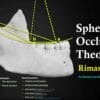
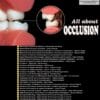

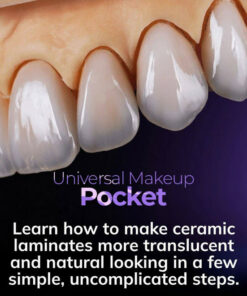
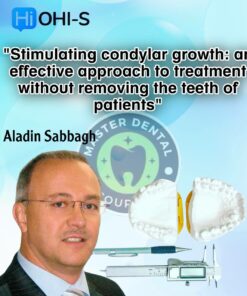
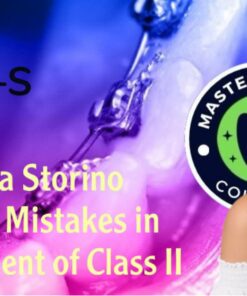
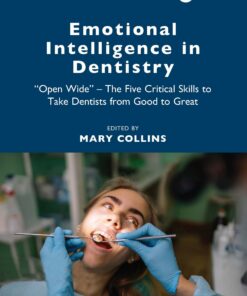
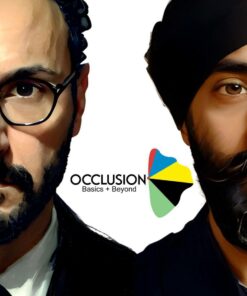
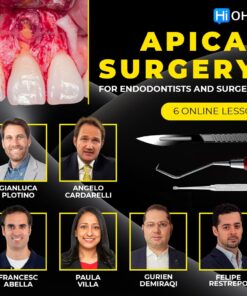
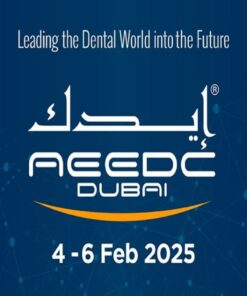

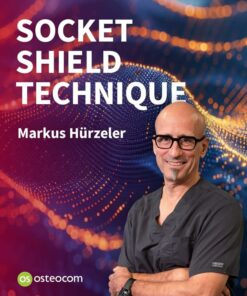
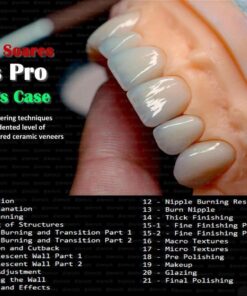
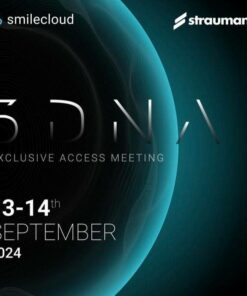
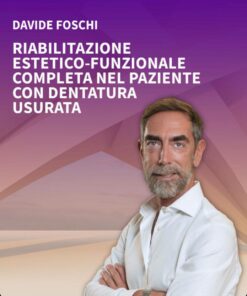
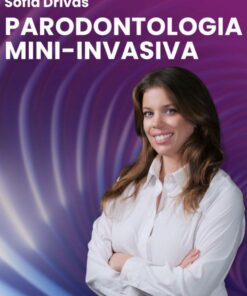
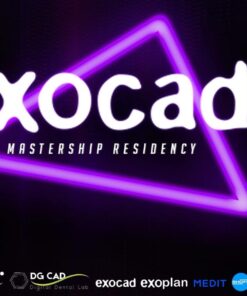
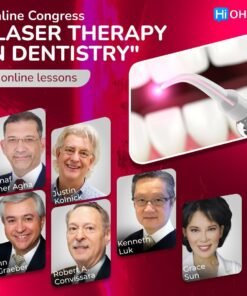

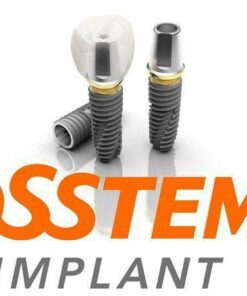
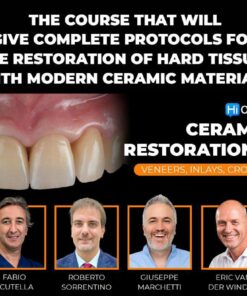
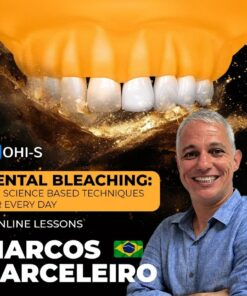
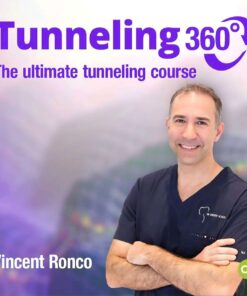

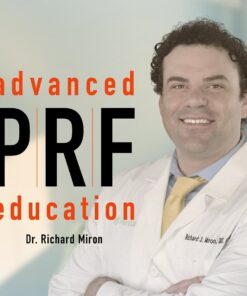
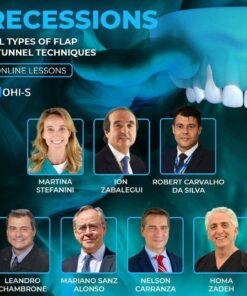
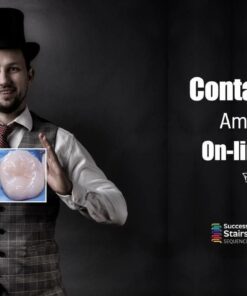
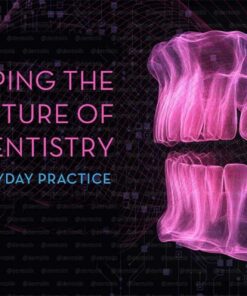
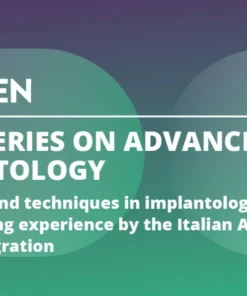
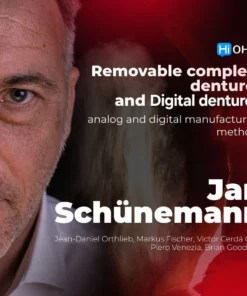
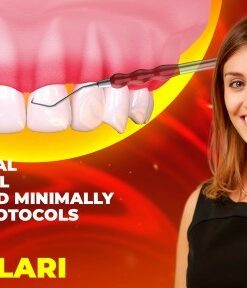
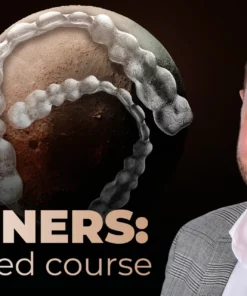
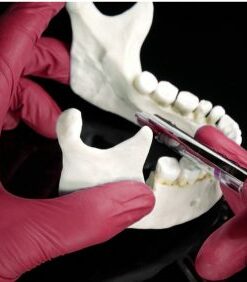







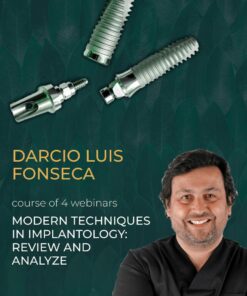



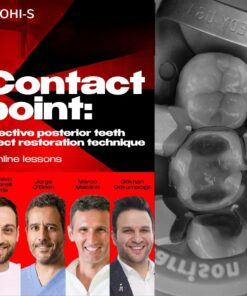



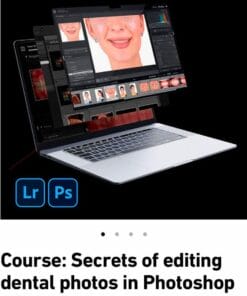
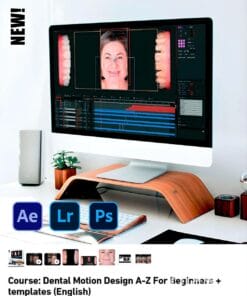
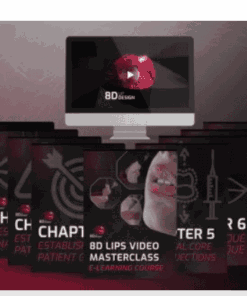
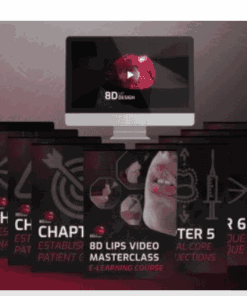

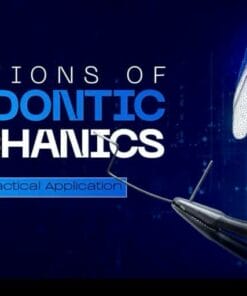
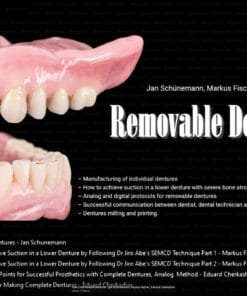
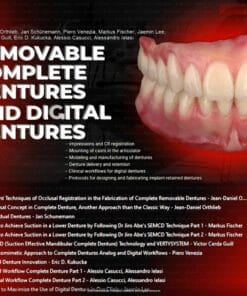
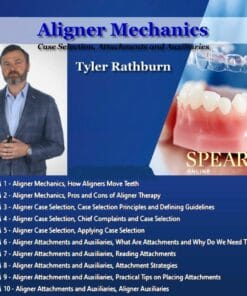
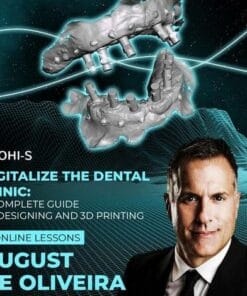
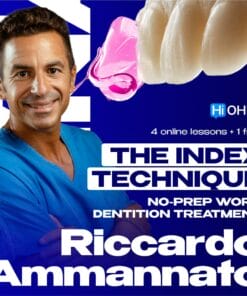
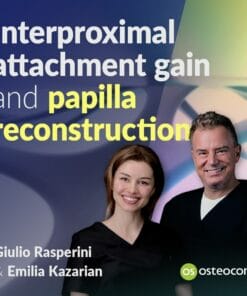
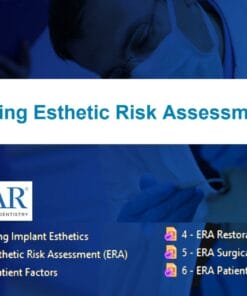
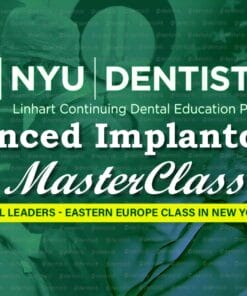
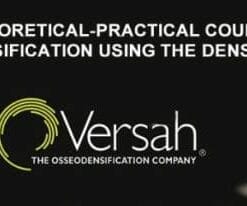
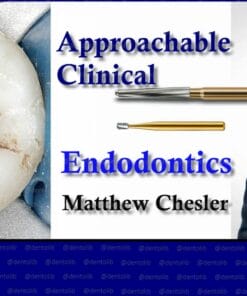
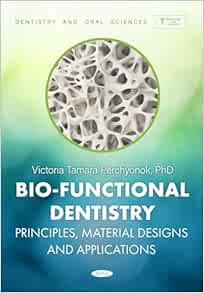
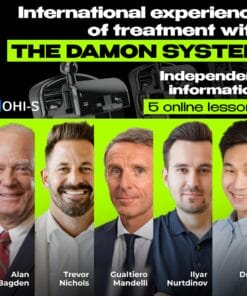
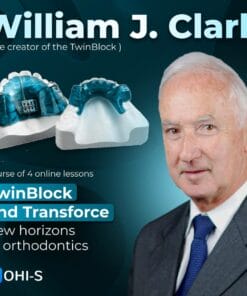
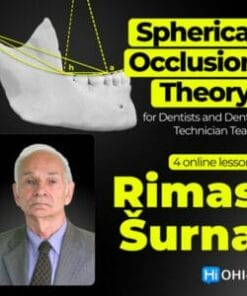
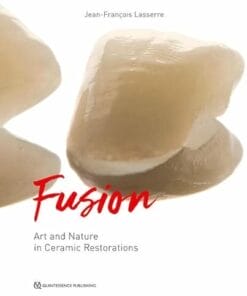
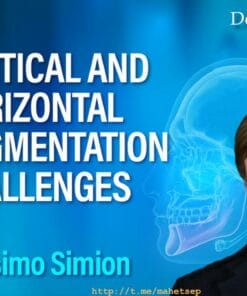
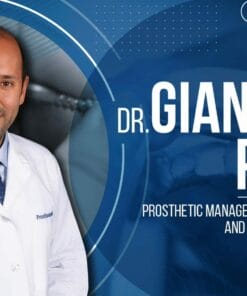
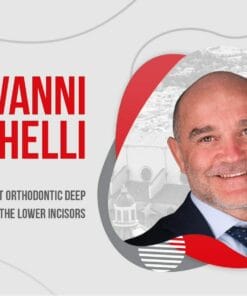
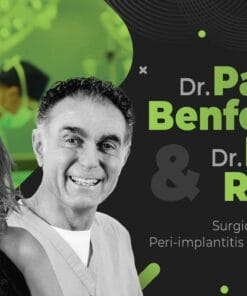
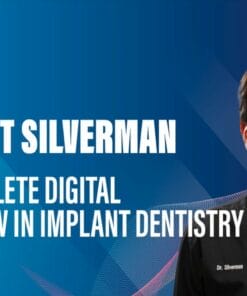
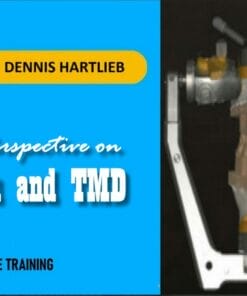
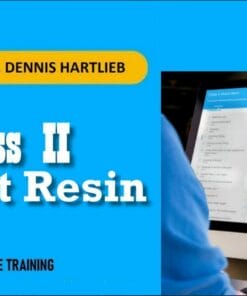
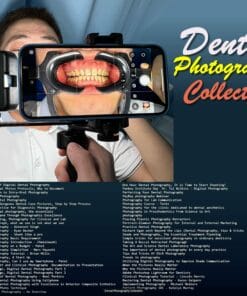
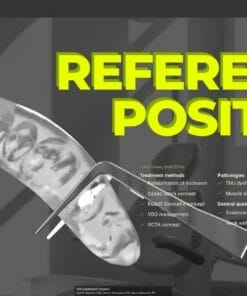
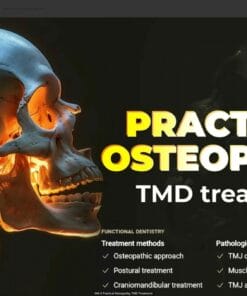
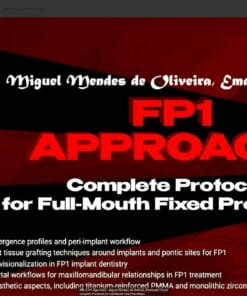
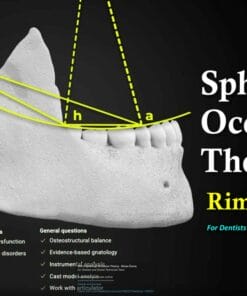
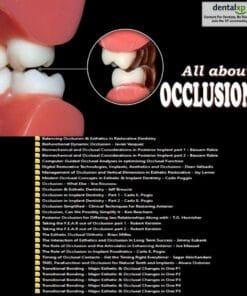
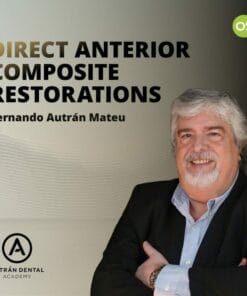
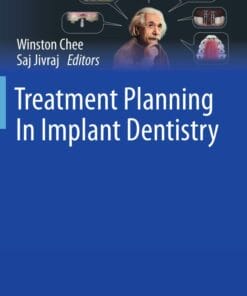
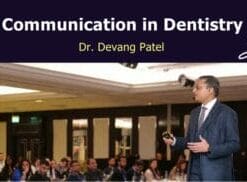
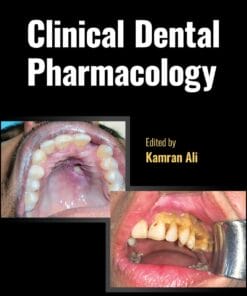

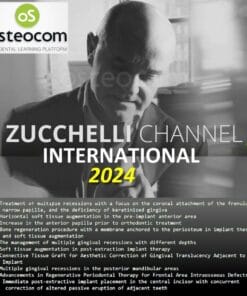
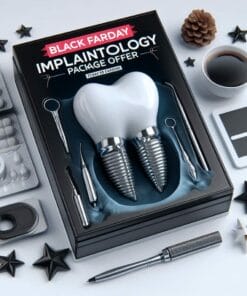

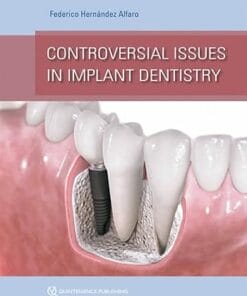
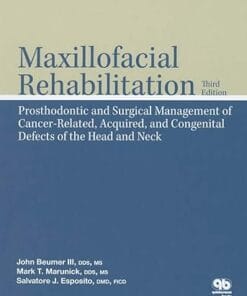
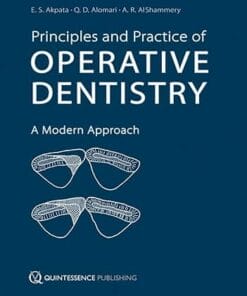
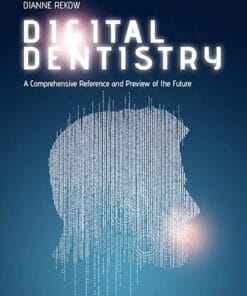
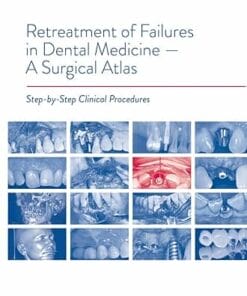
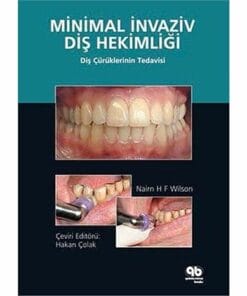
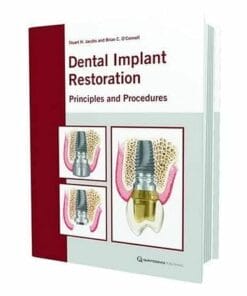
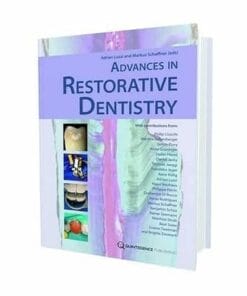
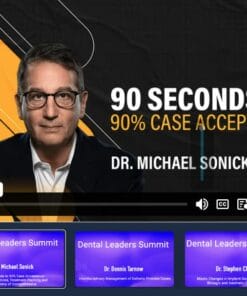
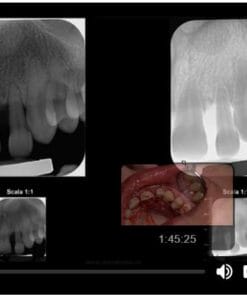
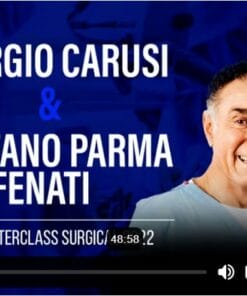
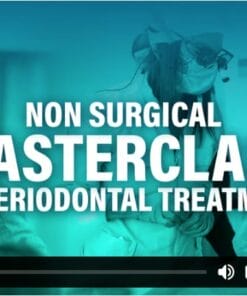
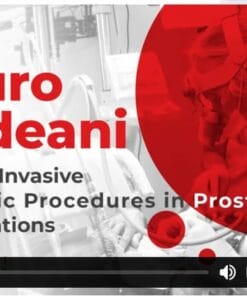
Reviews
There are no reviews yet.